Our new Collecting Stories gallery at the National Museum of Scotland looks the development of the National Collection and explores how and why we have acquired objects over two centuries and continue to do so today. John Giblin, Keeper of Global Arts, Cultures and Design, tells us more.
There are over 12 million objects in Scotland’s National Collection, ranging across natural sciences, Scottish history and archaeology, art, design, science, technology and ancient and living cultures from around the world.
How did such a diverse range of objects come together? The collection has grown and developed in a variety of ways over the past 200 years. Objects have been collected as works of art, records of archaeology, scientific discoveries, curios and personal mementoes, representations of other cultures, trophies looted during military campaigns and specimens of natural resources for scientific study.
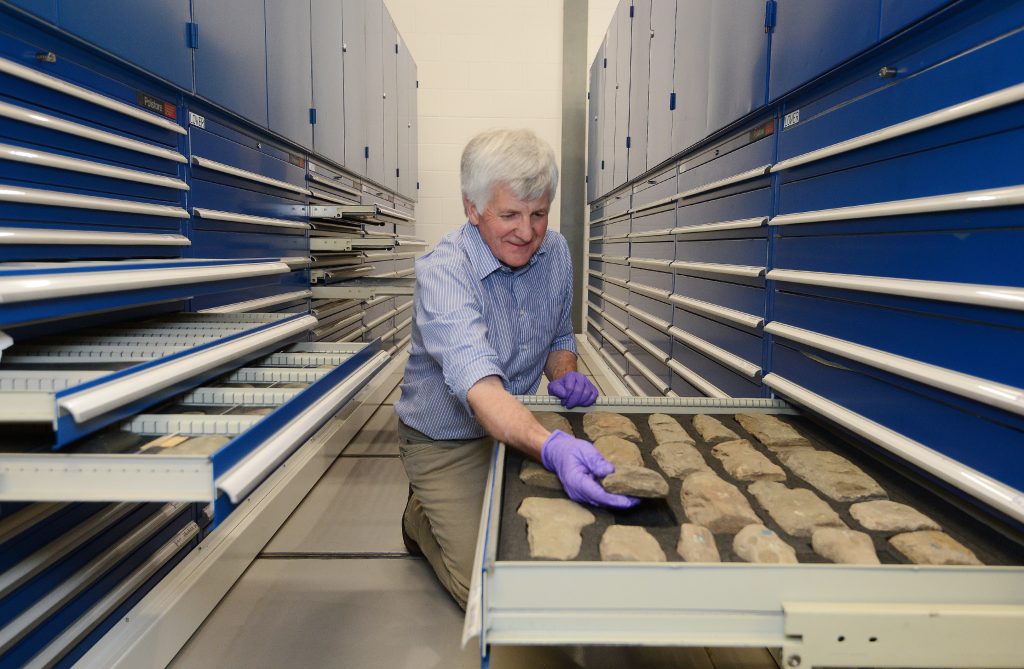
Some objects were accepted as gifts from private collectors, individuals and families or came from universities or antiquarian societies whose collections were acquired by National Museums Scotland. Others were sought out and purchased with a view to telling specific stories, while more still came to us as the result of fieldwork.
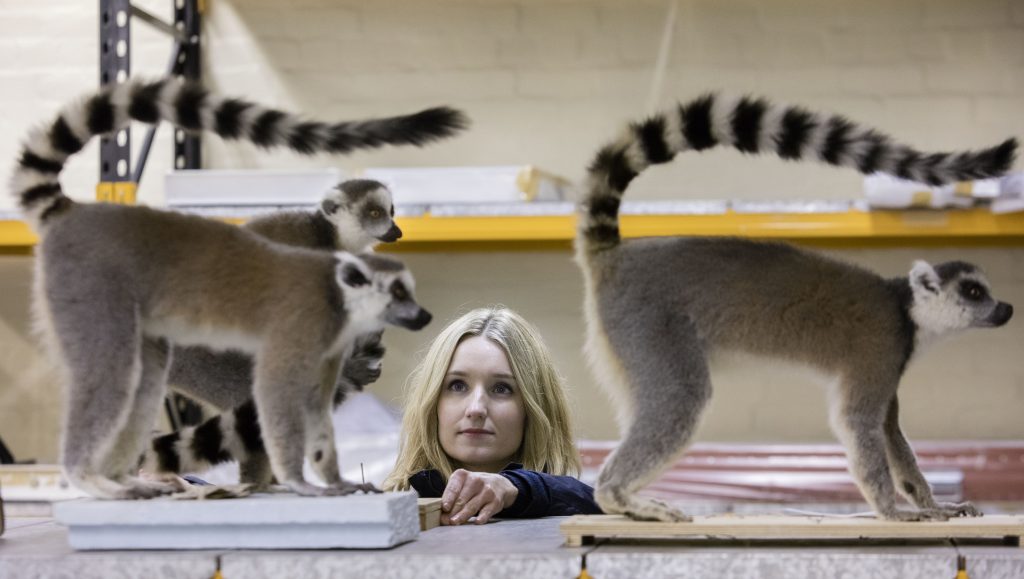
Increasingly, museum visitors want to understand more about how objects came into collections, including as legacies of British imperial and colonial history. Collecting Stories is a new gallery at the National Museum of Scotland which delves into this, examining the development of the National Collection and exploring how and why we have acquired objects over two centuries, and continue to do so today.
Collecting Stories is housed in our former Discoveries gallery, and regular visitors to the National Museum will recognise some familiar objects from that gallery which have been redisplayed with new interpretation drawing on a wider range of voices.
This work has included writing new labels for some objects to address historical bias; a process for which we consulted with a panel of academics, curators and critical friends, and is part of a project to review label text right across our museums.
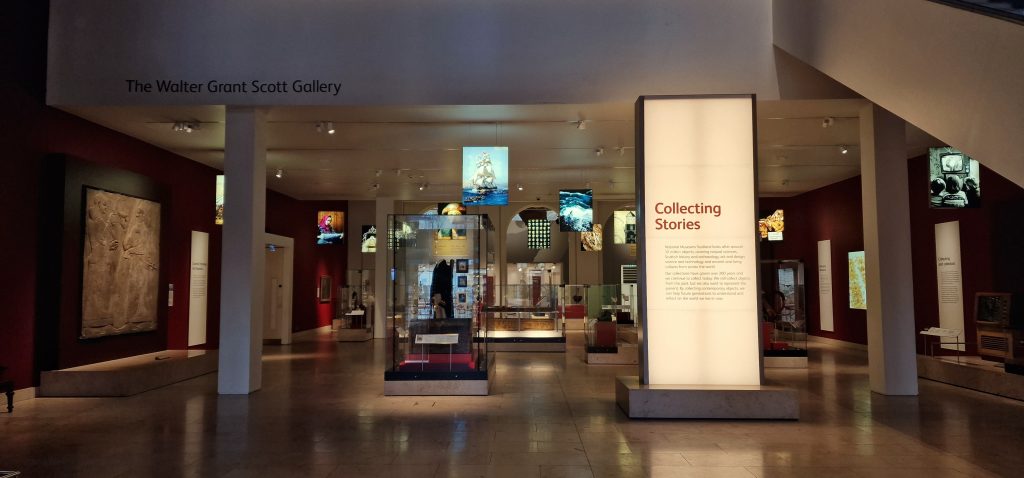
In developing Collecting Stories, we collaborated with community groups to bring their interpretation into the gallery. Members of Networking Key Services (NKS), a health organisation supporting South Asian women and their families, selected objects from the Margaret Tytler collection for display.
Tytler was a Scot who moved to Bihar, India, in 1812 where she commissioned a series of scale models depicting Indian production and manufacturing processes. Seven members of NKS researched, discussed, and helped to create a new label for the model, considering it from the perspective of their own connections to colonial histories and legacies.
The gallery is also home to a number of objects which are being displayed for the first time in generations. A section on antiquarian collectors features the story of Alicia Ann Spottiswoode, one of many Scottish antiquarians who bequeathed their collections to us, and the first woman scholar to be admitted to the Society of Antiquaries of Scotland.
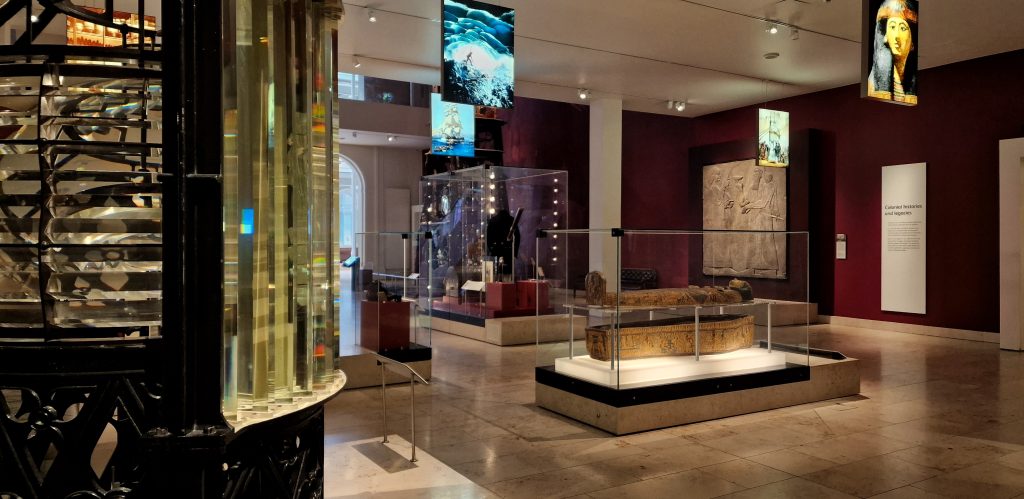
Visitors can also see equipment and specimens from our entomological collection representing a ‘library’ of data, stretching back over 200 years. This is a vital resource for scientists today and is used to track changes in biodiversity in Scotland and around the world.
For a national museum, collecting is a never-ending process. We are, and have always been, a museum of past and present, with the collecting of contemporary objects core to the formation of the collection. Today, we collect objects to reflect key social, cultural, political, artistic and environmental shifts in the world around us. We also collect contemporary objects that reflect how the present continually reshapes our understandings of the past.
Our approach to contemporary collecting is explored in Collecting Stories through objects like Back to Black, a glass sculpture by Christopher Day. This striking piece recognises the work of the Blk Art Group, which was formed in Wolverhampton in 1979 and used art to tackle racism at a time when racial tensions were growing.
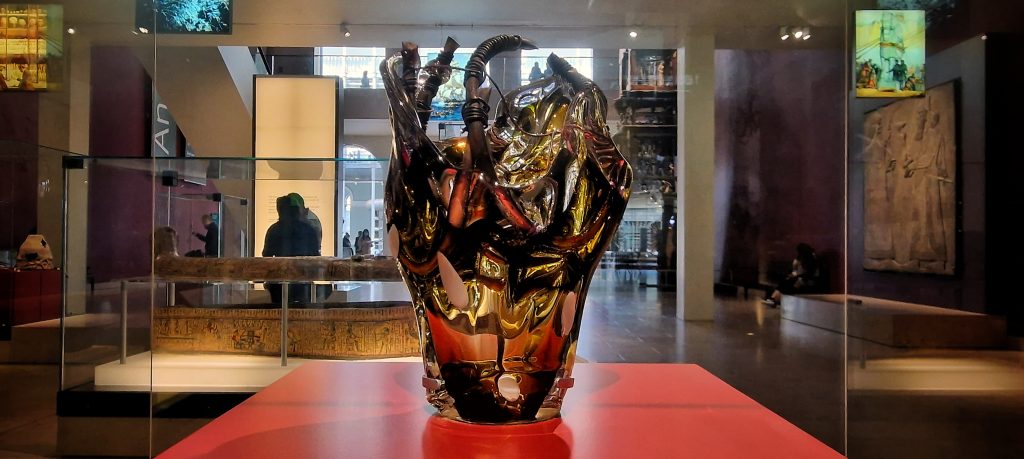
Back to Black was created in response to the Black Lives Matter movement and was acquired by National Museums Scotland so we can share this history now and for years to come as we diversify the stories in the collection. Read more about Back to Black and Christopher Day’s process and inspiration.
Our reasons for making acquisitions, and the avenues by which objects enter the collection are many and varied. Where these elements of an object’s story are not always made apparent for museum visitors, Collecting Stories puts them front and centre.
